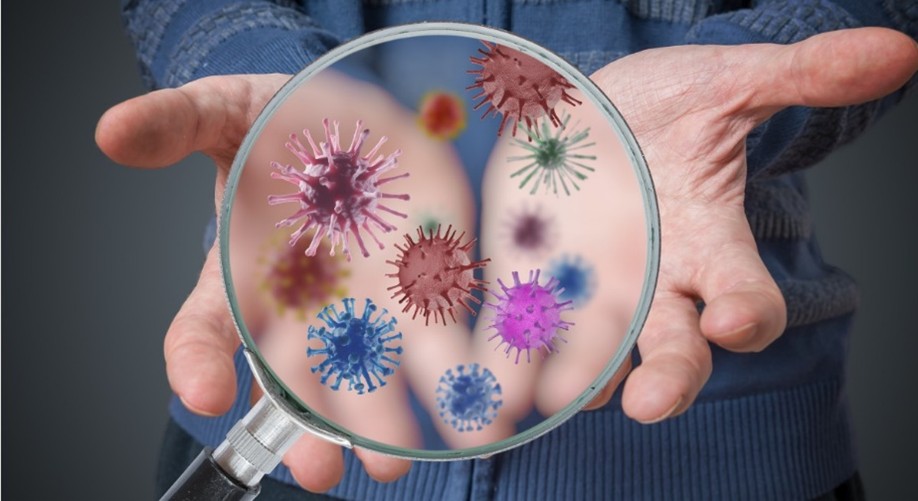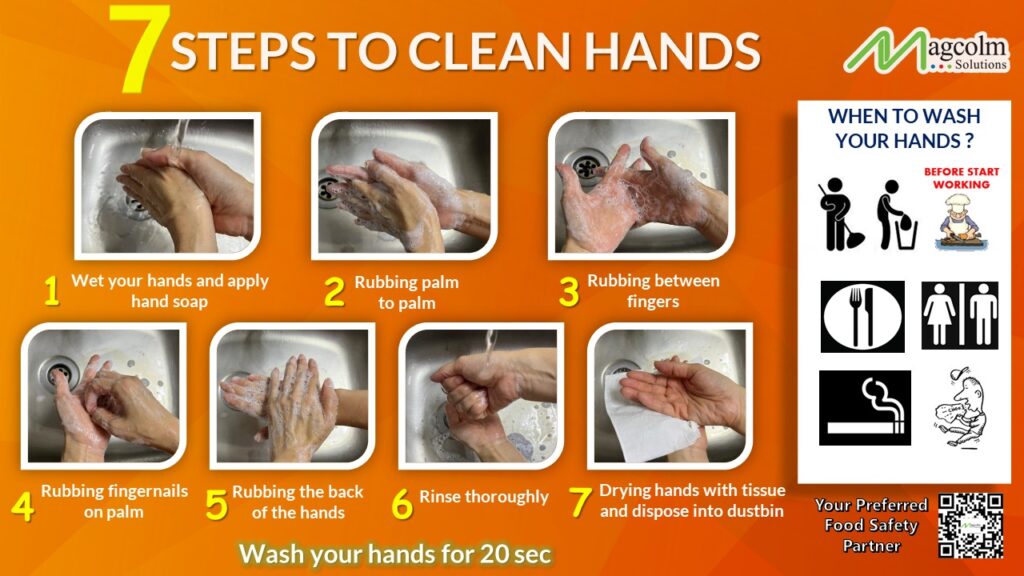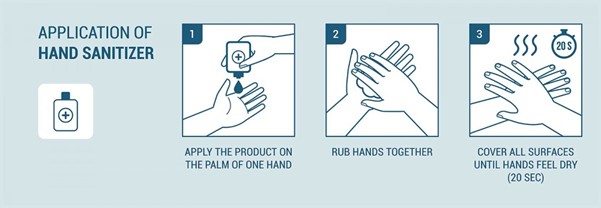
Hey there! 🖐️ We all try to practice good hand hygiene, but sometimes we forget how important it really is. Germs are always around us. Knowing how hand washing and hand sanitizing work is key for you to stay healthy. This blog will help you learn when food handlers need to wash their hands, when you should use sanitizer, and the right way to do both. We will also talk about the rules and smart ways for using gloves. Let’s get started!

Hand hygiene is very important to stop the spread of infections and help control the spread of infections. Food handlers touch lots of things and people each day. This means their hands can make it easy for germs to move from one place to another.

These numbers show that keeping clean hands is more than just your own job. It is something we all need to do for public health. Clean hands can help save lives.
Hands can be home to many germs, and one of the most important ones is Staphylococcus aureus. This type of bacteria is often on the skin and inside the nose of healthy people. Even so, it can cause several kinds of infections.
Staphylococcus aureus is a kind of bacteria that many people have on their skin or in their noses without any problems. But, if this bacteria gets into the body through a cut or scratch, it can cause some serious health issues.
Watch this video to find out more about this germ and see how it can affect your health. (insert video)
Hand washing is not only a good habit, but it is also something the law needs in many places. This is true for jobs in food service and in healthcare. The Food Hygiene Regulations 2009 talk about this, under the section called Personal Hygiene of Food Handlers.
Food handlers have to wash their hands before they start work. They also need to do this right after they use the toilet, and after they touch raw food or anything that may be dirty. This helps keep the food clean at all times: while handling, preparing, packing, transporting, storing, displaying, or serving food.
Businesses need to follow these rules to help keep people safe. If they do not follow them, it can lead to:
Here are key times when hand washing is essential:




Get the hand washing poster to help you and your team follow the 7 steps of good hand washing.

Thorough hand washing is important for taking out germs from your hands. But, using hand sanitization is another step you can do to feel cleaner. If hands are dirty, they can cause food to make people ill. Hand washing gets rid of many germs, and hand sanitization cuts down more germs that may stay. Doing hand sanitization adds an extra way to keep safe and helps businesses follow rules.
Hand sanitization is not able to fully take the place of hand washing. Hand washing is needed by law when your hands look dirty. You must also wash your hands before and after food preparation, and after you use the restroom. This is because soap and water work well to get rid of dirt, bacteria, and viruses. You should use hand sanitizers to help hand washing, not to replace it. Hand sanitizers are not as good as soap and water at getting rid of dirt, grease, or some germs, especially when your hands look dirty.
Alcohol with a concentration between 60% and 95% ethyl alcohol can kill germs. It does this by breaking down the proteins and tearing apart the cell walls of tiny organisms. For alcohol to do this job, it has to stay on the germs for some time.
Formulations that have alcohol amounts over 95% can dry up very fast. This fast drying means the alcohol does not stay on your skin for a long time. Because of this, the alcohol may not work well enough to kill all the germs. There need to be enough time for the alcohol to do its job the right way.
Alcohol usually needs about 20 seconds to kill germs well. A lower amount stays on your skin longer. This helps it work better.
Aspect | Hand Washing | Hand Sanitizing |
Primary Purpose | Remove dirt, grease, and pathogens from hands | Reduce microorganisms on hands when soap and water are not available |
Effectiveness | Highly effective at removing all types of germs, including dirt and grease | Effective against many germs, but less effective when hands are visibly dirty or greasy |
When to Use | When hands are visibly soiled, before and after handling food (especially raw meat), after using the restroom, after coughing/sneezing | As an additional step after washing, or when soap and water are unavailable |
Pathogen Removal | Physically removes bacteria, viruses, and dirt | Kills many bacteria and viruses but does not physically remove dirt or certain pathogens |
Legal Requirement | Mandatory in food service when hands are dirty or after certain activities | Not a substitute for hand washing; optional unless specified by guidelines |
Tools/Materials | Soap, clean running water, drying method (e.g., paper towel) | Alcohol-based sanitizer (60%–95% alcohol) |
Limitations | Requires water and soap access; takes more time | Less effective on visibly dirty hands; may evaporate too quickly if alcohol content is too high (>95%) |
Extra Benefits | Removes harmful chemicals and allergens | Convenient and quick; can be carried anywhere |
Best Practice | Follow 7-step hand washing method for at least 20 seconds | Use enough sanitizer to cover all surfaces of the hands and rub for ~20 seconds |
Hand washing with soap, including antibacterial soap, and water is the best way to get rid of dirt, grease, and types of germs. Hand sanitizers might not get all germs off, especially if your hands are dirty that you can see.
You should wash your hands:
No, hand sanitizers should not take the place of hand washing. You can use them along with hand washing, but they are not a substitute. This is even more true when your hands are dirty.
Hand sanitizers that have alcohol between 60% and 95% can kill many germs. They need to stay on your skin for about 20 seconds to work well.
No, gloves are not a substitute for hand washing. You should wash your hands before you put on gloves. After you take them off, wash your hands again. This helps stop germs from spreading.
In the end, both hand washing and using hand sanitizer are important for good hand hygiene and to keep food safe. A clean towel can also help in the drying process. Gloves can help give extra protection, but they do not take the place of washing your hands well. People need to wash their hands often and follow best practices to lower the chance of germs spreading and to take care of public health. When we know why both ways matter, we help build a habit of being clean that keeps food safe and looks after everyone’s health.
At Magcolm Solutions, we are here to help you improve your hand hygiene. You can get training, tools or help with rules from us. We are always ready to support you. Working together, we can build a clean and safe space at work. Contact us now. Let’s make your hand hygiene better!
